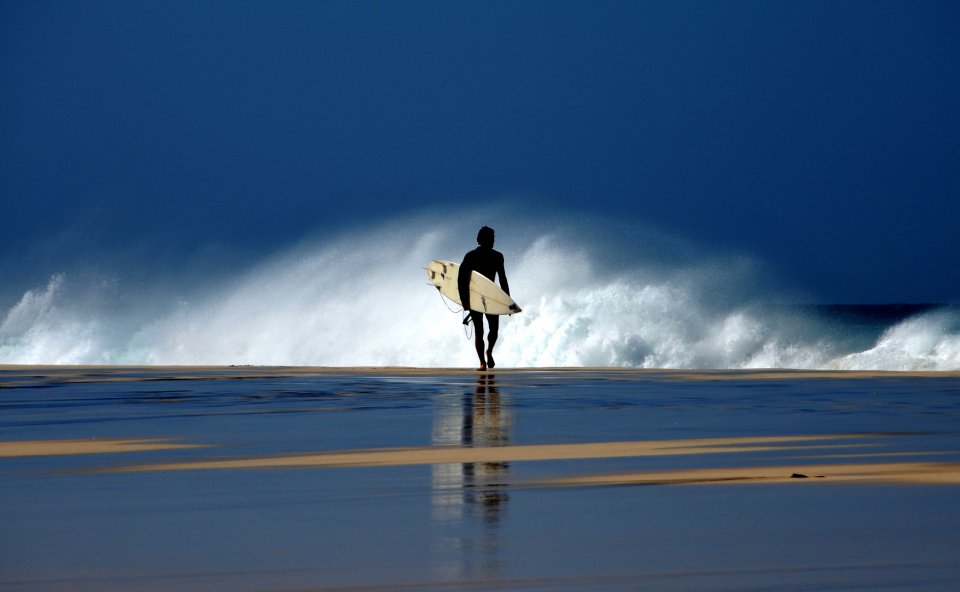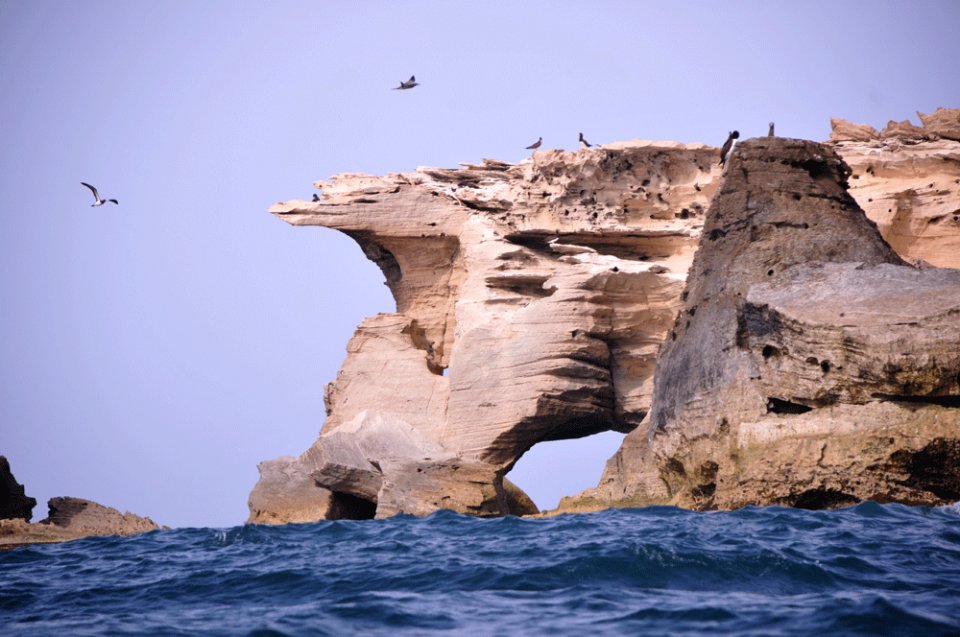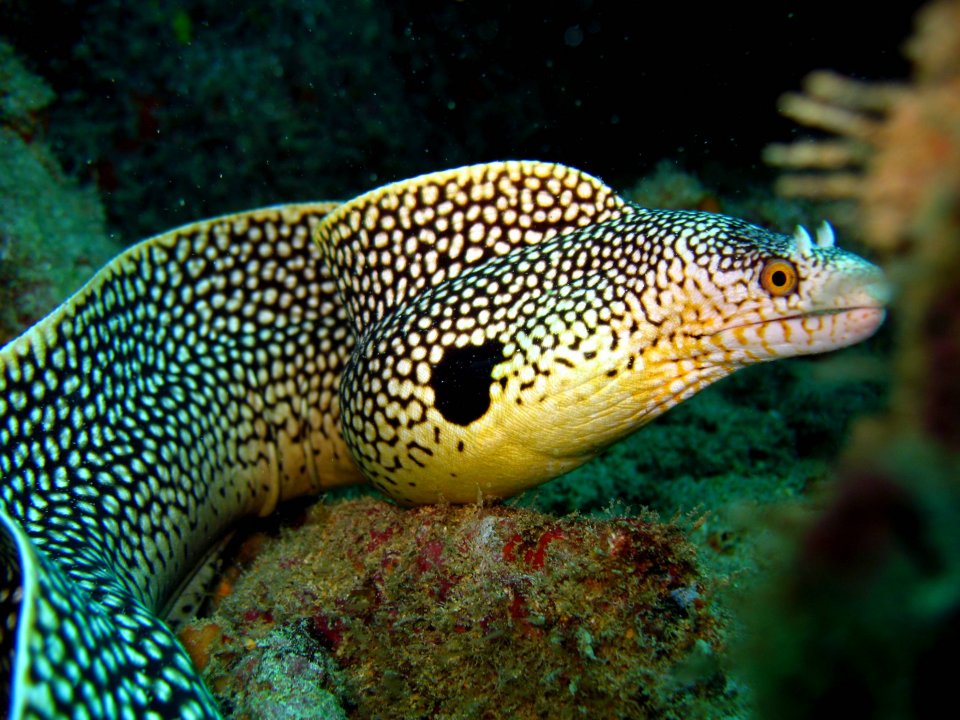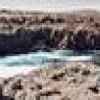Dive in Cape Verde Islands
Diving packages in Cape Verde Islands
-
PADI Advanced Open water diver
3 days package with equipment included. 5 Dives. Navigation, deep and three more adventures. Certification included. Get the official PADI Advanced certification and continue your diving career.349 $ More Information -
PADI ADVANCED OPEN WATER COURSE
PADI Advanced divers complete 5 adventure dives, 2 are obligatory: the underwater navigation and the deep dive. Divers can choose another 3 adventure dives (wreck, drift, peak performance buoyance and become advnaced diversin no time. The price shown on this website does not include the 87 euro PIC package tha has to be paid in the diving center upon course completion in order to get the PADI…295 $ More Information -
PADI OPEN WATER DIVER COURSE
Become a diver and be the part of a great community. Our PADI courses enables you to dive in open water without supervision. The Open Water Diver course certifies you to dive down to 18 m deep, rent an equipment alone and request a refill. The course consists of a theory part that you can read online, 5 confined water training sessions and 4 open water dives. The price shown on this website does…516 $ More Information -
16 Dive package
At Riamar Diving Center all dive packages include immersions over the most unique places around Boa Vista, you can discover coral full of amazing fish, ship wrecks or shark points. All our dives are boat dives and we have 20 different dive spots to enjoy the best time underwater.613 $ More Information -
PADI ADVENTURE OPEN WATER DIVER COURSE
PADI Adventure Open Water Diver Course, divers complete 3 of any adventure dives from Underwater navigation, deep dive,wreck dive, drift dive, peak performance buoyancy, search &recoveryto become certified adventure divers. Enjoy extended boundarie explore and see more than before!The price shown on this website does not include the 87 euro PIC package tha has to be paid in the diving center upon…259 $ More Information
Scuba Diving in Cape Verde Islands
Cape Verde was an important stop over for ships traveling between Europe and the south american continent. Many of them sank there, victim of the bad weather. Nowadays divers can travel back in time when exploring the many wrecks scattered on the ocean floor. The skeleton of ships are as well an attractive ground for pelagic marine life. The archipelago is on the migration route of many marine species such as tuna, dolphins, whales, sperm whales and killer whales. Turtles categorized as endangered species all over the world choose the beaches of the Cape Verde for laying their eggs, and the isolated group of islands is considered their preferred habitat. Maio is one of the three islands, with Sal and Boavista, protected by the 'Cabo Verde Natura 2000' an environmental organization dedicated to the protection of the turtle.
Types of diving include cave diving and reef diving in stunning shallow sites. Drift dives along majestic walls are common in the currents of Boa vista waters. Night dives are easily made at most inshore locations, and last but not the least, wreck diving: there are more than 70 known shipwrecks from the 16th to 19th century lying on the bottom. Dive sites close to shore are reached by boat, some remote ones require car trip and shore access.
The volcanic origin of the archipelago is reflected underwater: black lava rock alternates with coral and sandy areas, all teaming with life. Afficionados of small critters will be able to spend hours observing nudibranchs, pipe fish, crustaceans and the enigmatic octopus. Squids, coral shrimps, arrow crabs and spiny lobsters live side by side with porcupine, goatfish and the strange looking flying gurnard. Plenty of reef fish with schools of soldiers and squirrels, file fish, butterfly and angel fish, damsels, parrot fish, surgeon fish. Furtive sea snakes, moray eels and sea spider hide in the elkhorn coral. Barracudas, small groupers, mullets, yellow fin snappers, tuna, wahoo, bluehead wrasse, sting rays are common sight. Bigger species include many types of sharks (nurse, lemon, hammerhead, mako and tiger). Bull sharks can be seen in shallow water, in a bay known as a breeding ground. Turtles frequent the cape-verdian waters: loggerheads as well as leatherbacks and hawksbills. The luckiest might meet a manta ray, especially in late summer.
The archipelago is a breeding ground for humpback whales. Manta rays and whale sharks are common in the summer.
Not to be missed: the fantastic wall of "Cavala"; "Tres Grottes" that can be dived by day, night, again and always different; "Pontinha" and its vertical rock face; "Boris", the old russian trawler, the "Buracona cave" and "Chuklassa".
Most of the dive operators are concentrated on Sal, especially on the south and west coast where more than 25 dive sites are easily accessible around Santa Maria, Buracona and Murdeira. Dive sites for beginners to experienced divers are reached by Ribs boats. Guided dives can be enjoyed in small groups. Two dive centers operate on Boa Vista. At the moment only one dive center is reachable for booking in Tarrafal, on Santiago. Padi and CMAS centers are equally represented with qualified and professional staff.
The diving season is year-round with flat seas and the best visibility form April to November. Some strong currents run regularly in this part of the Atlantic ocean, the next coast being Brazil some kilometers away!! During the winter, conditions are less ideal with a hot, dry wind that can bring big swells, but there is plenty of protected dive sites to choose from.
(By Diane Talbotier)

Travel to Cape Verde Islands

Situated in the Atlantic Ocean, at the cross-road of three continents, Cabo Verde lies in the middle of the sea. Located 460 km west of Senegal, the 10 main islands are of volcanic origin. The archipelago lies at the north limit of the tropical rain belt, and therefore has a dry-tropical climate. Its long sandy beaches, impressive mountains and beautiful music distinguish it as an exciting destination. The underwater volcanic lava shows revealing caves and cracks full of tropical fish are a hypnotic call to the diver.
Diving is possible on three out of the 10 island: Sal, flatty and sandy, is the island with the most easily accessible diving. It is the most developed for tourism too. Shallow and progressive dives are plentiful, and you can reach them in few minutes only. Long beaches await the diver after its enthralling immersions. Boa Vista, the most southern “ilha do barlavento” is still in the infancy of its development but will be able to accommodate everyone, and its currents bring a lot of big marine life species. Bring your kite surf too. The mountainous island of Santiago, the most african of the group, has good diving to offer too. At the northern tip, 14 dive sites including wrecks and walls are awaiting you!
There is only one way to reach the islands: by plane. Four international airports welcome flights arriving daily from the main european cities as well as USA and Africa. You can choose between South African Airlines, TAP, TACV and Air Senegal. Once there, small planes can take you almost everywhere. Warning: not all the airports are currently operational! An alternative for your island hopping is the ferry. The catamarans and fast ferries stick to a regular schedule with punctuality. The older RORO car ferries follow the logic of cargo more than of passenger so departures may delay for days. If you have plenty of time, it is a great way to discover the Archipelago. Some companies have their schedule and booking available online.
Accommodation ranges from a simple room in a private household to all-inclusive resorts. In between you will find guesthouses, B&B, pousadas and small hotels. Amenities and services vary: the cheapest usually offer nothing more than a shared shower/wc, but most hotels have now internet and the full set of amenities such as air con and frigo-bar. In remote areas it is usual to take half-board reservation, due to the scarcity of restaurants around.
Each island is different from its sisters so there is plenty to do and see: visit the village of Cha das Caldeiras, on Fogo; hike the hilly paths and ascend the "Pico do Santo Antonio", discover the mix of european and african cultures when hopping from Sao Vicente to Santiago. Cape-verdians are crazy about music and organize festivals all year round: join the Carnaval celebrated on every island. If you prefer the calm and quiet of the coast, enjoy some horse-riding on the white sandy beach, go fishing and visit the Blue Eye, a giant tidal swimming pool.The emerald waters of this part of the Atlantic ocean and a constant breeze provide the best conditions for windsurfing, surfing, kiteboarding and ...book reading. Underwater life abounds: it is a diver's Shangri-la.
(By Diane Talbotier)







